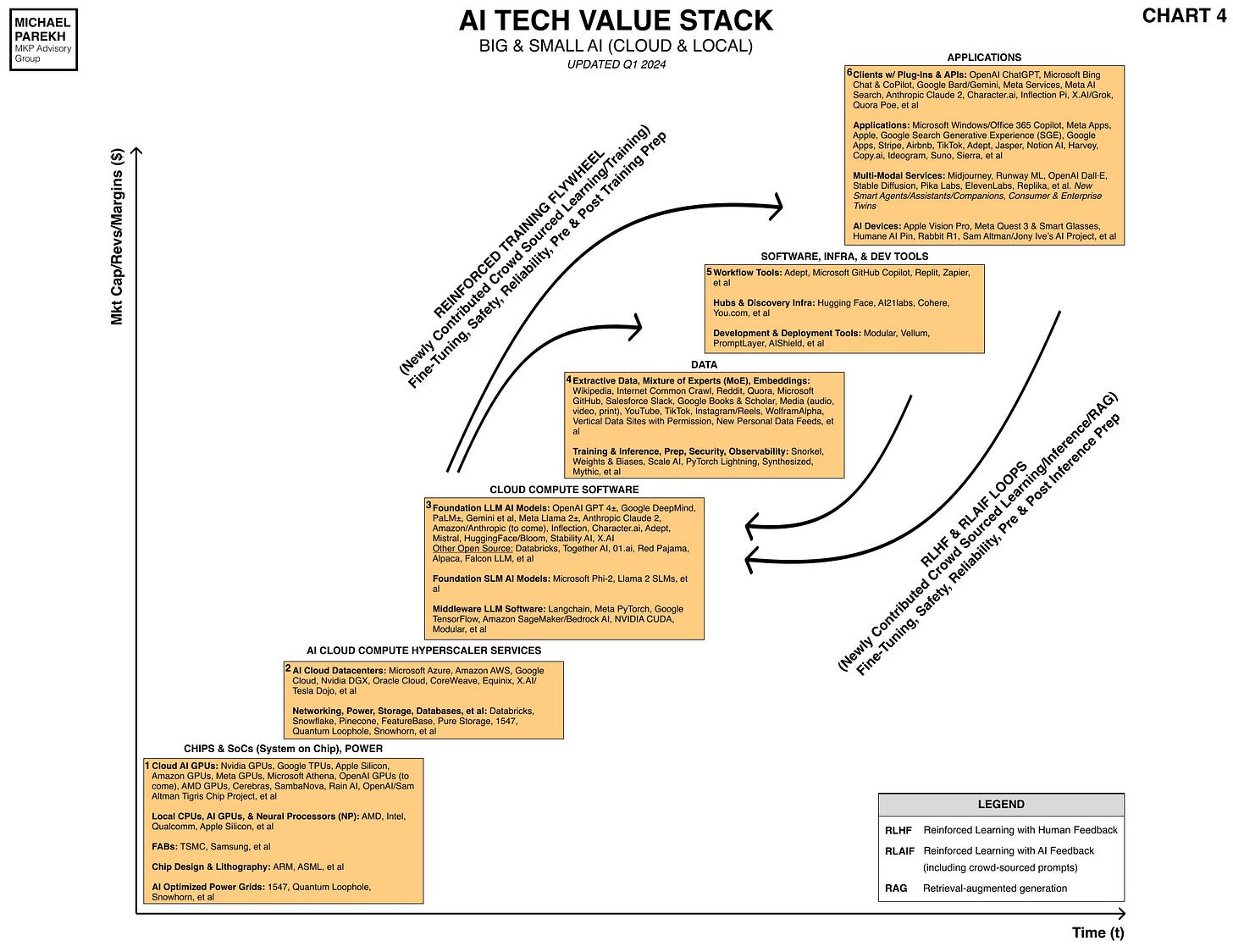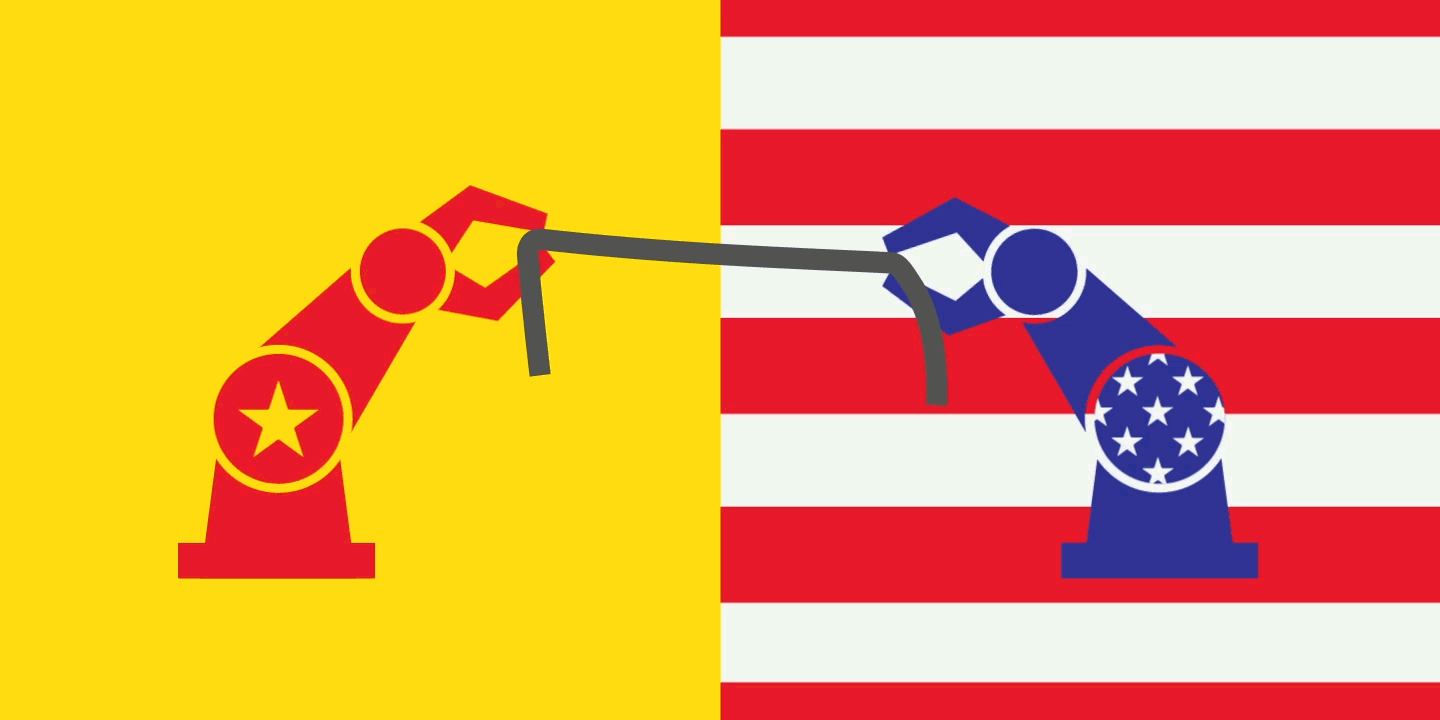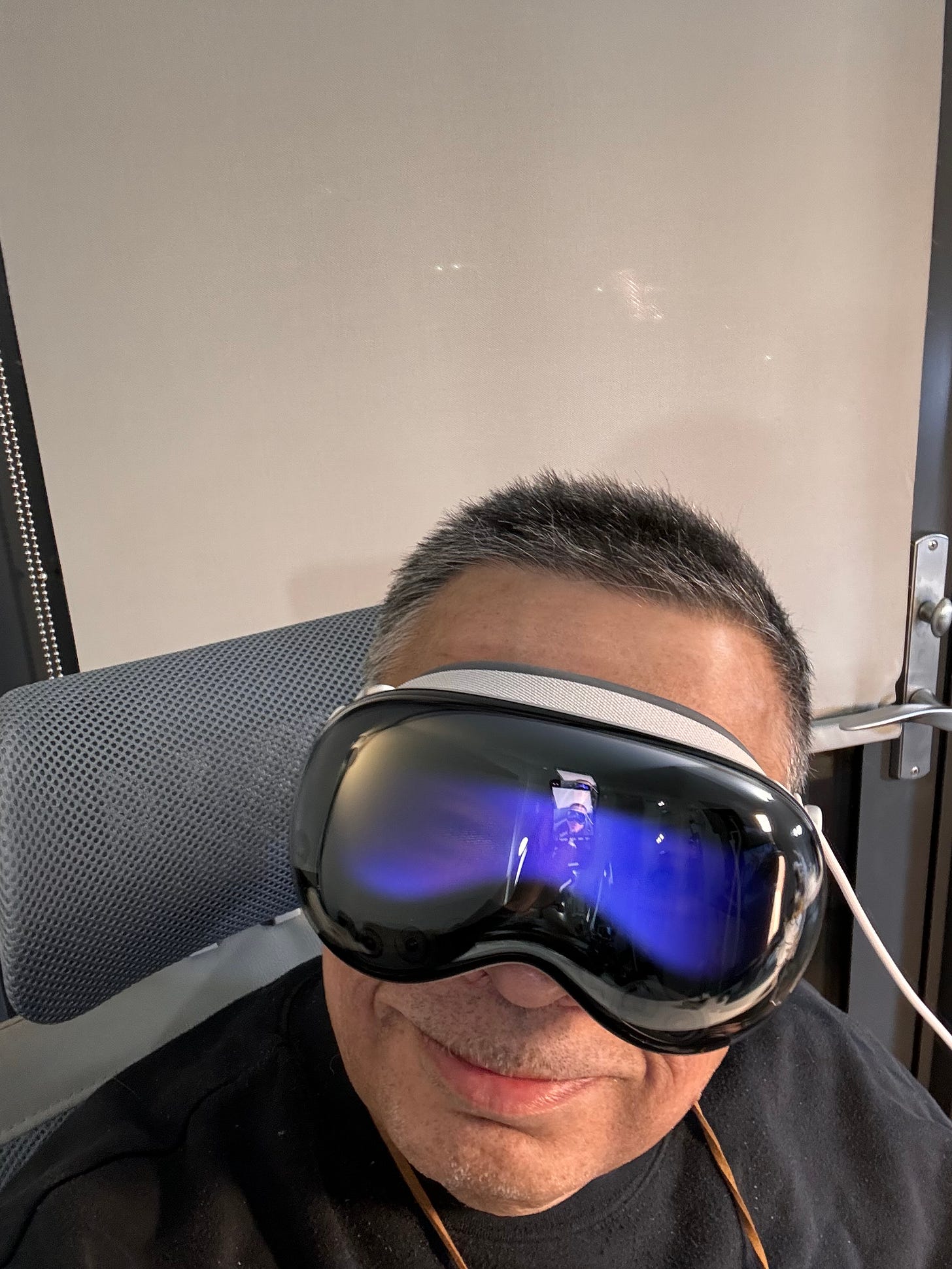AI: The 'Plastics' of our time. RTZ #309
...intense global race for AI talent and skills at every level
The iconic 1967 Oscar-winning movie ‘The Graduate’ with Dustin Hoffman has a line made immortal for job-seekers, job-holders, companies old and new, and governments: ‘The Future is Plastics’.
It was a line that the young character played by Hoffman hears almost unsolicited, as he ponders his future.
You know where this is going of course. The equivalent phrase today in these very early days of the ‘AI Tech Wave’, is ‘The Future is AI’.
Yes, AI, that seemingly incessant, in our face ‘bug-a-boo’ of our lives in 2024.
Despite all our fears, doubts, confusion, uncertainties, and questions of its long-term promises and potential merits. Let me explain.
It may happen slow or fast, big or small, closed or open, but it’s happening. It will likely take longer than we all like, but we need to be prepared, bottom up or top-down. Whether it’s from the perspective of a job-seeker young or old, a job-holder in almost any industry, a company that’s an incumbent or a startup, and of course governments making moves to both protect and ready their economies for what’s coming next at an exponential pace at us all.
Normally at this point in the post I’d quote passages from various current publications with details that provide context bottom and top-down. For a change, I’ll just list three articles you can skim or read in their entirety for all the details (recommended):
First, on the ‘bottom-up’ front, this WSJ piece “The Fight for Talent, Pay Million-Dollar Packages and Buy Whole Teams.”
Pithy quote:
“‘There is a secular shift in what talents we’re going after,’ says Naveen Rao, head of Generative AI at Databricks. “We have a glut of people on one side and a shortage on the other.”
Indeed.
Second, Information piece from ‘the middle’, titled “Big Tech Tape Their Founders as AI Talent Battle Heats Up”.
Pithy quote:
“In January, Meta Platforms CEO Mark Zuckerberg posted a video touting the 350,000 Nvidia H100 graphics processing units he said the company would have by the end of the year. While the post signaled Meta’s advantage in computing capacity, several current and former employees interpreted it simply as a way to improve Meta’s ability to recruit in the intensely competitive AI world.” My deeper take on topic here if interested.”
And Third and not least, on a ‘top-down’, Governmental level, this NYTimes piece “In One Key AI Metric, China Pulls Ahead of the US: Talent”
Pithy quote:
“China has produced a huge number of top A.I. engineers in recent years. New research shows that, by some measures, it has already eclipsed the United States.”
Important of course on a US/China Tech/Trade/Geopolitical ‘Threading the Needle’ context, I’ve written extensively about for almost a year.
Again, all three pieces above are worth reading in their entirety, on how AI is the ‘Plastics’ of our times.
The AI toothpaste is out of the tube. Debates will continue to rage on, how slow or fast AI should be advanced, what harms may occur before it starts to show us the net benefits for society and nation economies at large. No one company or government holds the AI keys for long, no matter how important they are today in 2024.
Plastics certainly after decades, showed us both the bad and net good for society on so many dimensions.
On a personal note, after three decades in technology investments, public and private, I took it upon myself to learn the underlying technical basics of AI, bottoms up, a few years ago. Starting again with math, statistics, machine learning loops, as well as the latest innovations in LLM AI/Generative AI. Got my hands dirty at the model, data and Python code level, in all its statistical and math glory. Took advantage of online courses at universities like UT Austin, Stanford, and others.
Know now a bit more what it feels like, when I interact with young kids who’re Hoffman’s age above, finishing school and pondering their futures. That’s one of the pleasures of life at this age, trying to ‘pay it forward’ with as much empathy and detailed thought as possible.
All of this of course, to keep pace with the break-neck pace of secular AI technology. The daily changes from the AI research and papers on up. I’ve found this approach critical in every technology wave across my career. From PCs, to the Internet to now AI. And with other technology waves along the way (Cloud, Mobile, et al).
And continuing to do it, since the tech keeps changing at a head-spinning pace. Much faster than even the Internet years when I headed the Goldman Sachs Internet Research effort.
I’m finding it’s essential to stay abreast of the morphing tech bottom-up, at multiple layers. In every one of the AI Tech Stack boxes in the chart above. And keeping it in the context of tech history as it rhymes.
It fuels my daily writing efforts on this site. And of course my interactions with tech/AI companies and investors. All deep in the secular tech and investing weeds.
I’ll end with a quote from the WSJ piece above, citing the reality today in a bottom-up context for us all at any age:
“Alexis Roucourt, who previously worked at Meta, says many of his tech worker friends are noticing the growing number of jobs requiring AI knowledge. It has been causing concern and a race to get up to speed. Several workers he knows are upskilling to stay up on trends in AI and build out their résumés.
“Me included,” he says. “I’m taking a course on AI.”
Words to heed for us all, regardless of our age, current point in life, along with the fears and ambitions that drive our aspirations. Easier and less expensive to do than any age before, due to the accelerating abundance of resources online.
Continuing to figure out AI as it shifts and dents our world, is as important as ‘Plastics’ was to Graduates, almost sixty years ago. Stay tuned.
(NOTE: The discussions here are for information purposes only, and not meant as investment advice at any time. Thanks for joining us here)










